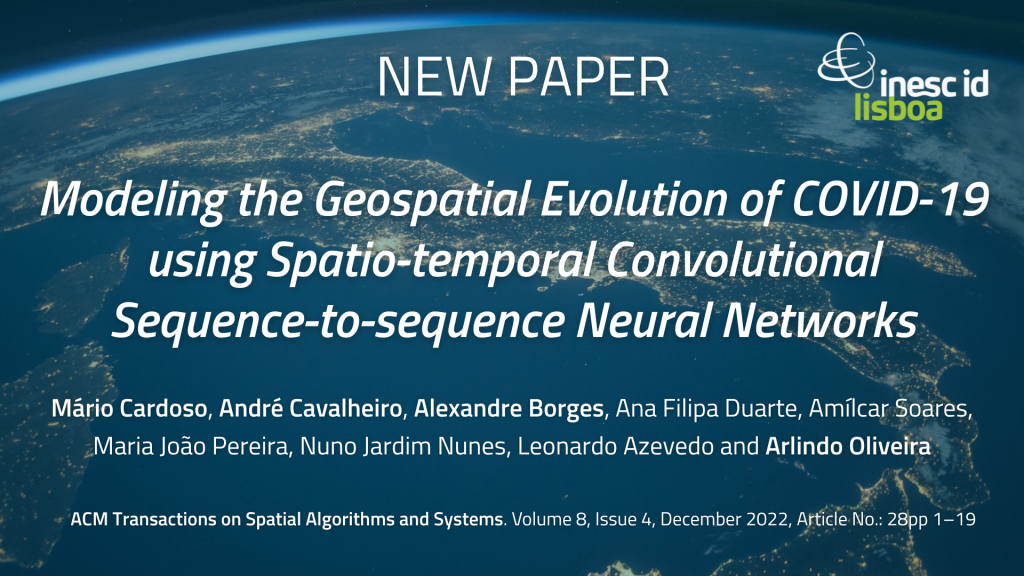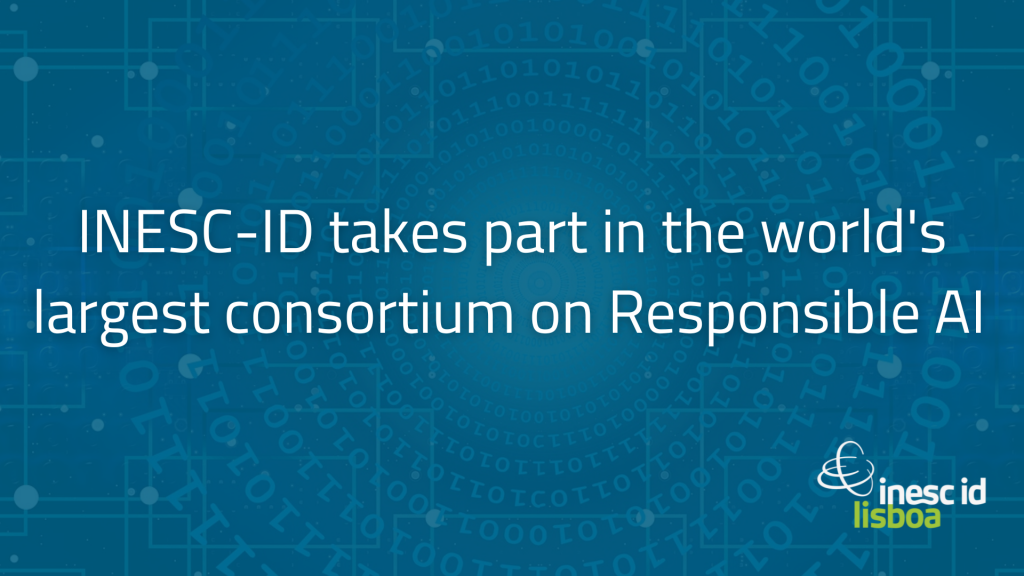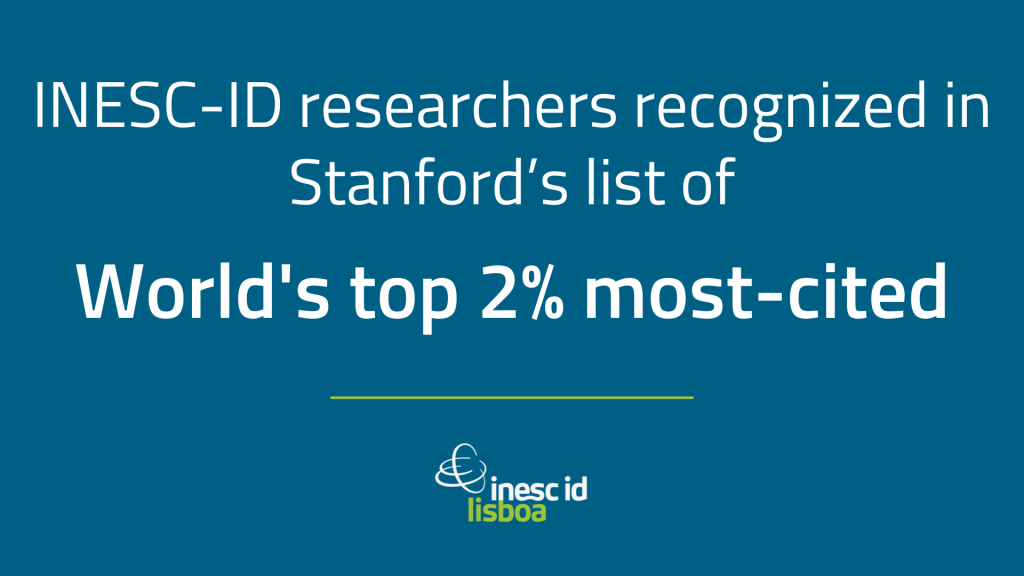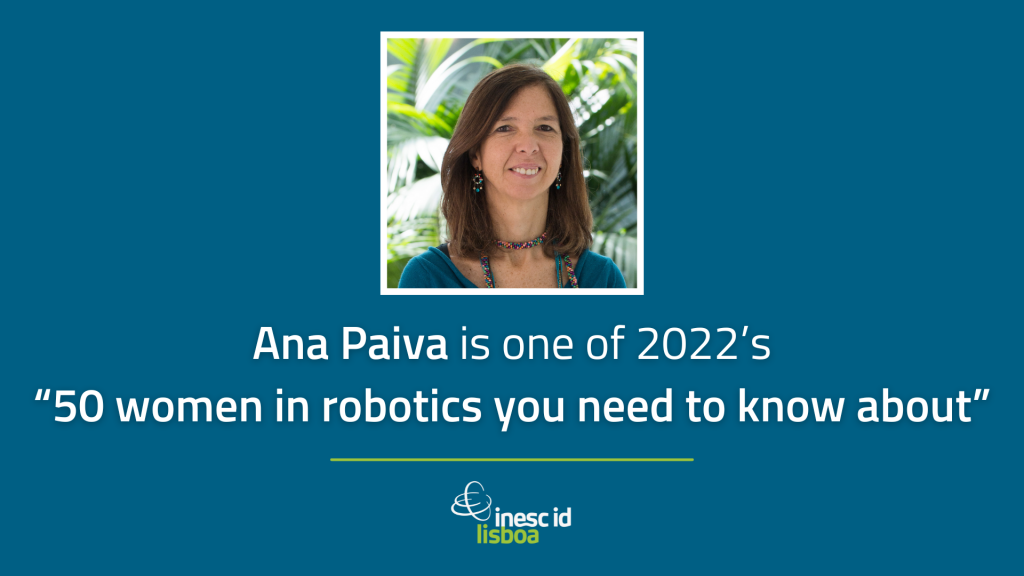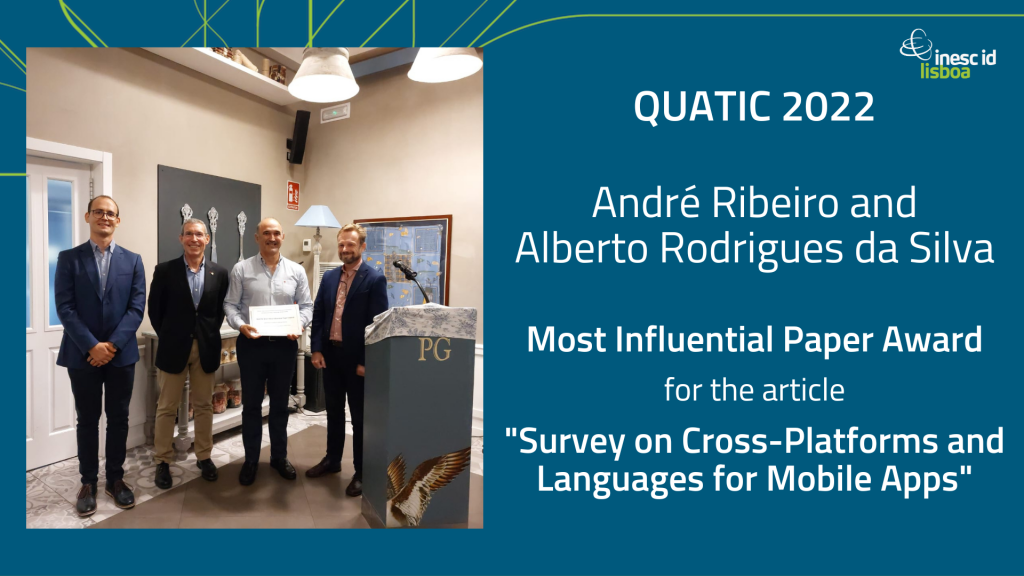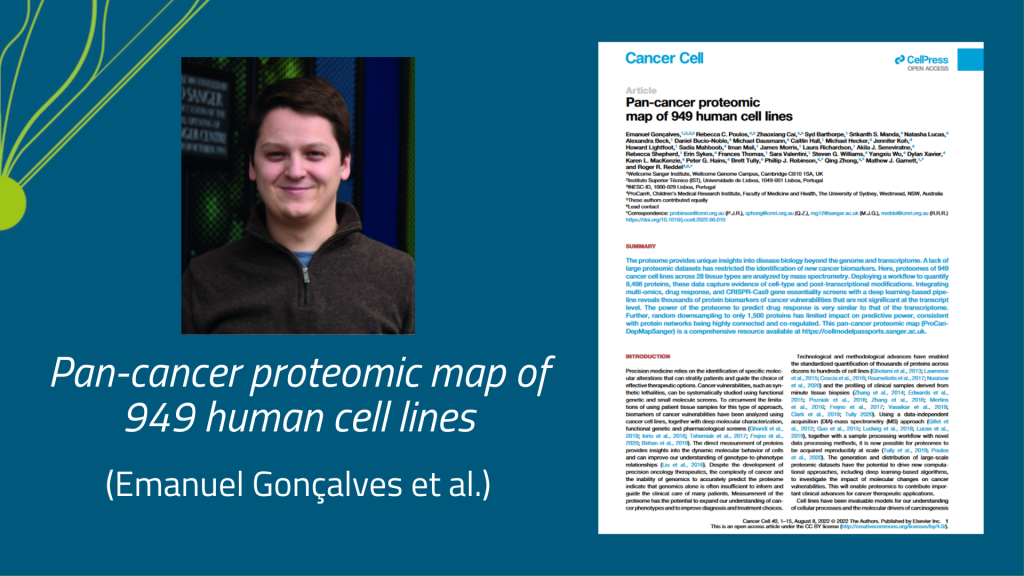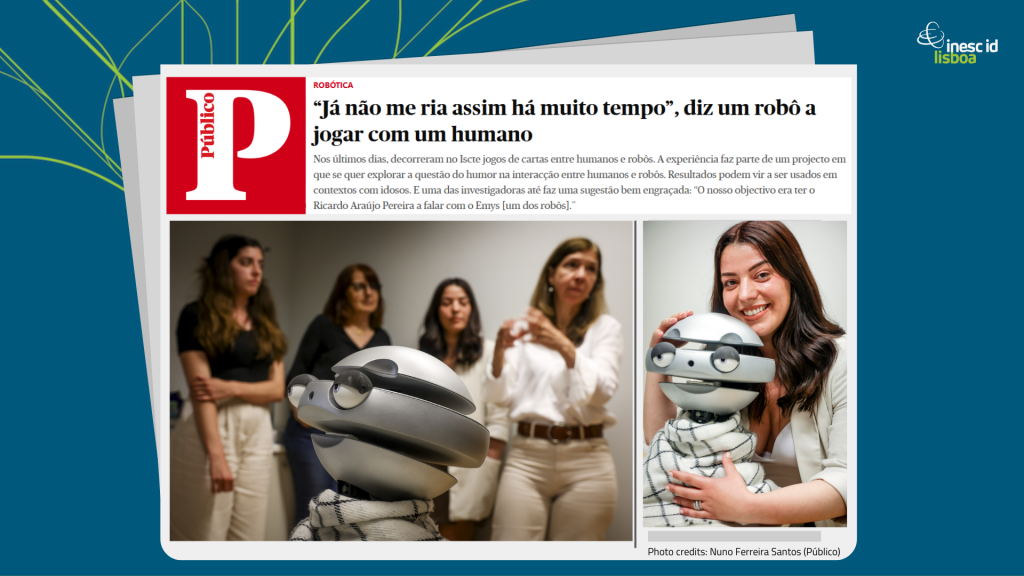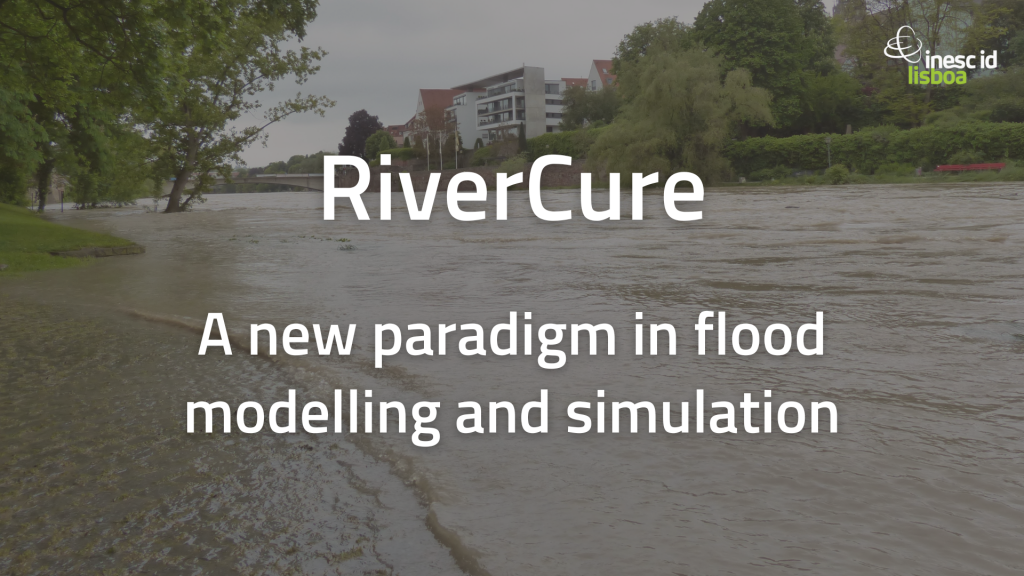How and when viruses move: predicting the spread of COVID-19 using neural network models
A group of researchers, led by Arlindo Oliveira, has proposed a new method to compute the spatio-temporal dynamics of COVID-19 infections. In a paper published this week on ACM Transactions on Spatial Algorithms and Systems, four INESC-ID researchers (Mário Cardoso, André Cavalheiro, Alexandre Borges and…
INESC-ID takes part in the world’s largest consortium on Responsible AI
INESC-ID has been announced as one of the members of the world’s largest consortium on Responsible Artificial Intelligence (Responsible AI). Led by Unbabel — and including a set of ten other startups, eight research institutes (in Lisbon, Porto and Coimbra, amongst them INESC-ID, Instituto Superior…
INESC-ID researchers recognized in Stanford’s list of top 2% most-cited
Several INESC-ID researchers have been included in the comprehensive data sets comprising Stanford’s list of the World’s top 2% most-cited researchers in 2021 via Elsevier. Comprising two worldwide listings of 200,000 researchers (signalling those who were the most influential in 2021, as well as across…
Ana Paiva is one of 2022’s “50 women in robotics you need to know about”
Ana Paiva has been selected as one of 2022’s “50 women in robotics you need to know about”. Once a year, in celebration of Ada Lovelace Day (held on the second Tuesday of October), the Women in Robotics network — a global community of women…
André Ribeiro and Alberto Rodrigues da Silva receive “Most Influential Paper” Award at QUATIC’22
André Ribeiro — former masters student in computer science and engineering at Instituto Superior Técnico (IST) — and Alberto Rodrigues da Silva — Associate Professor at the Department of Computer Engineering at IST and researcher at INESC-ID — have received the “Most Influential Paper” Award…
Tell me what your proteome is and I’ll tell you what you are: the proteomic maps of 949 human cancer cell lines
Emanuel Gonçalves — INESC-ID Automated Reasoning and Software Reliability (ARSR) computational biology researcher — has published a groundbreaking study in the journal Cancer Cell (published online 14 July 2022). In the article Pan-cancer proteomic map of 949 human cell lines, the last study resulting from…
HATE COVID-19.PT: Detecting hate speech in social media
A few weeks ago, the team that brought the FCT-funded HATE COVID-19.PT project to life met at INESC-ID. Since May 2021, HATE COVID-19.PT has developed methods for semi-automatically creating a large-scale Portuguese annotated corpus covering online hate speech, while exploring how the information in that…
Two robots walk into a bar: the AGENTS project is featured in Público
Automatic generation of humor for social robots (AGENTS) — an FCT- and Carnegie Mellon University (CMU) Portugal-funded project — has been featured in the Portuguese newspaper Público. Based at INESC-ID and ISCTE and coordinated by Ana Paiva, researcher within the INESC-ID Artificial Intelligence for People…
RiverCure: a new paradigm in flood modelling and simulation
The second RiverCure workshop took place on 02 June 2022 at Instituto Superior Técnico, signaling the close of this four-year FCT-funded project that brought together INESC-ID, Instituto Superior Técnico and Agência Portuguesa do Ambiente (APA). The workshop included an overview of the RiverCure project and…
EV4EU launches today!
EV4EU launches today, 01 June 2022! With a duration of four years, EV4EU is funded by the European Union in 9-million euros through Horizon Europe, the new research and innovation programme for the period 2021-2027. Studies indicate that the massive use of electric vehicles will…

